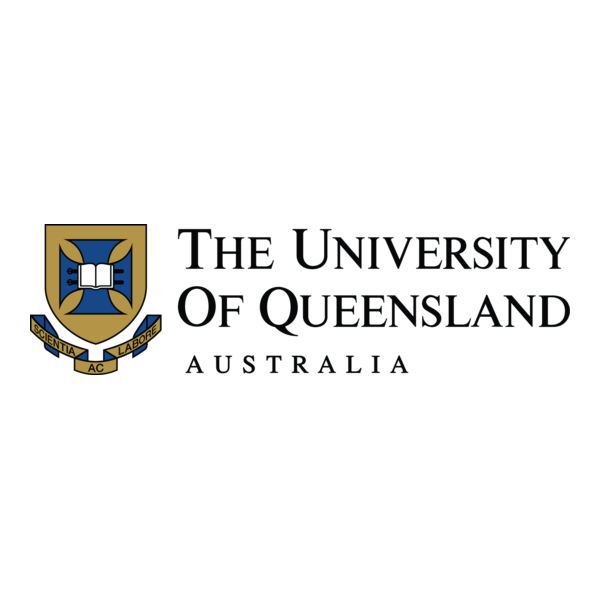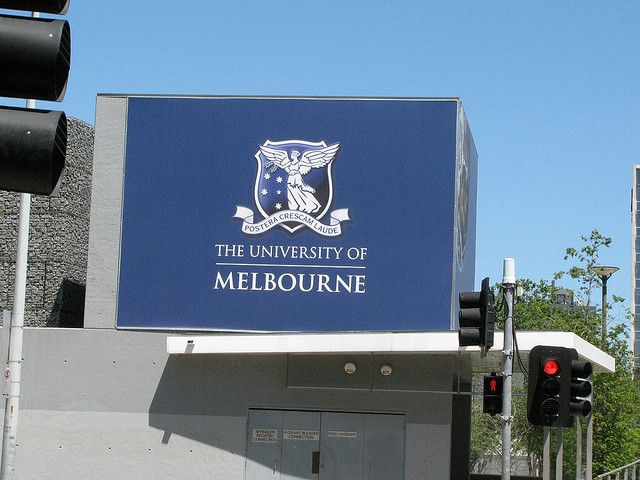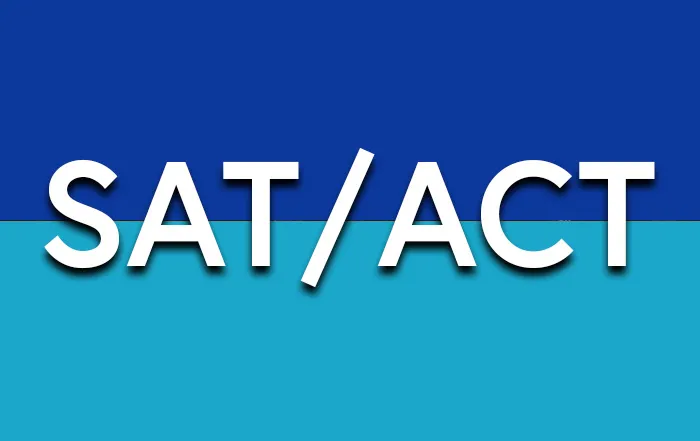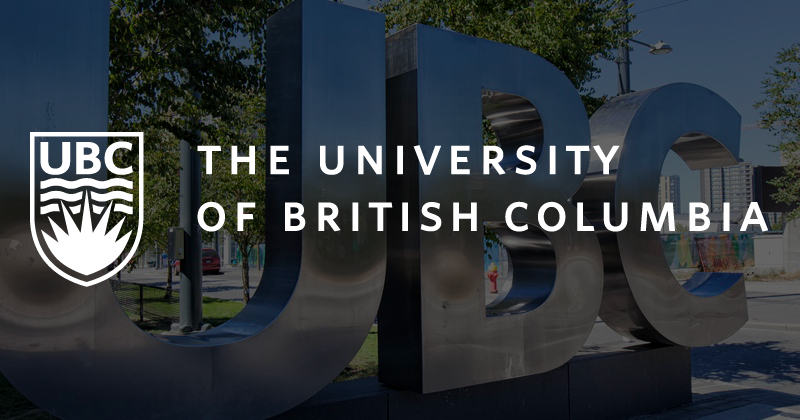
The United States is a popular destination for international students, offering world-class education and countless opportunities. While the Fall Intake is the most popular, the Spring Intake in US is another excellent option for students who want to start their academic journey abroad.
Let’s explore more.
What is Spring Intake?
The Spring Intake begins in January and is the second most popular intake after Fall.
While it offers fewer courses and programs compared to Fall, it is still a great opportunity for students who missed the Fall deadlines or need more time to prepare.
Here’s why Spring Intake might be the right choice for you:
| Use this as your checklist! | Reason | Why It Matters |
|---|---|---|
| ✔️ | Flexible Start | Gives you extra time to prepare for standardized tests, documents, or gap projects before applying. |
| ✔️ | Smaller Class Sizes | Fewer students means more personalized attention, easier access to faculty, and tighter-knit cohorts. |
| ✔️ | Smoother Transition | Less crowded orientation and campus facilities, helping international students adjust more easily. |
| ✔️ | Faster Degree Completion | Avoid waiting a whole year – Spring entry allows you to start earlier and stay on track academically. |
| ✔️ | Internship Opportunities | While fall internships are limited, summer internships remain available after your first semester. |
| ✔️ | Better Housing Availability | More on-campus and off-campus housing options due to lower demand during Spring admissions. |
| ✔️ | Less Competitive Admissions (Sometimes) | Some programs have slightly higher acceptance rates in Spring due to fewer applicants. |
| ✔️ | Visa Processing Timeline | Avoid peak-season visa backlogs; Spring applicants often face shorter wait times for interviews and approvals. |
You Might Also Like: What is the Fall Intake in the USA?
Timeline
To ensure a smooth application process, follow this timeline:
| Timeline | Action |
|---|---|
| 12–15 months before | Research: Shortlist universities and courses that offer Spring Intake. |
| 10–12 months before | Take Tests: Prepare and appear for standardized tests like TOEFL, IELTS, GRE, or GMAT. |
| 8–10 months before | Apply: Submit your applications along with required documents like SOP, LORs, and transcripts. |
| 4–6 months before | Receive Offers: Respond to admission offers and secure your seat. |
| 3–4 months before | Apply for Visa: Complete your visa application and prepare for the interview. |
| 1–2 months before | Travel: Book your tickets and get ready for your journey. |
Top Universities Offering Spring Intake
Here’s a list of some universities in the USA that offer Spring Intake:
| University | Key Highlights |
|---|---|
| University of Arizona | Offers a wide range of undergraduate and graduate programs for Spring Intake. |
| University of Illinois at Chicago (UIC) | Known for its strong engineering and business programs. |
| University of Texas at Dallas (UTD) | Popular among international students for its STEM courses. |
| Northeastern University | Offers excellent co-op programs and opportunities for Spring applicants. |
| San Jose State University | Located in Silicon Valley, it’s a great choice for tech enthusiasts. |
| University of South Florida (USF) | Known for its diverse programs and welcoming environment for international students. |
| George Mason University | Offers strong programs in business, public policy, and engineering. |
| University of Cincinnati | Provides excellent co-op and internship opportunities. |
Need Personalized Help?
The Spring Intake in the USA is a great opportunity for students who want to start their academic journey in January.
With proper planning and guidance, you can make your dream of studying in the USA a reality.
If you’re ready to take the next step, visit Admitix.in today and let the experts guide you toward success!
FAQs About Spring Intake in the USA
1. When does the Spring Intake in the USA start?
The Spring Intake typically begins in January every year. It is the second most popular intake after Fall.
2. What is the deadline for Spring Intake applications in the USA?
Application deadlines vary by university, but they generally fall between July and October of the previous year. It’s important to check the specific deadlines for each university.
3. Are scholarships available for Spring Intake students?
Yes, many universities offer scholarships for Spring applicants. However, the number of scholarships may be fewer compared to Fall Intake.
4. Can I apply for internships during the Spring Intake?
Yes, you can apply for internships during the summer after starting your Spring semester. However, some internships may align better with Fall graduates.























